Compost pile: what is it and how to do it?
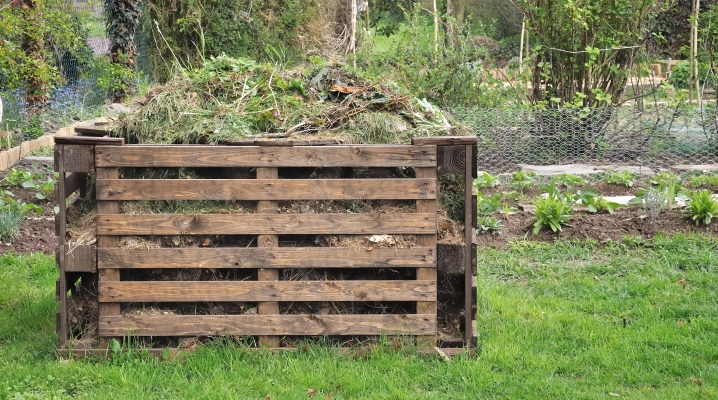
Every gardener knows the great value of compost. However, not everyone is familiar with the rules for its formation and application. According to most people, to get compost, it is enough to dump all kinds of waste and food residues in one place. But this is not really enough.
To get quality compost, you need to know exactly what it is, how to do it right, and what mistakes to avoid.
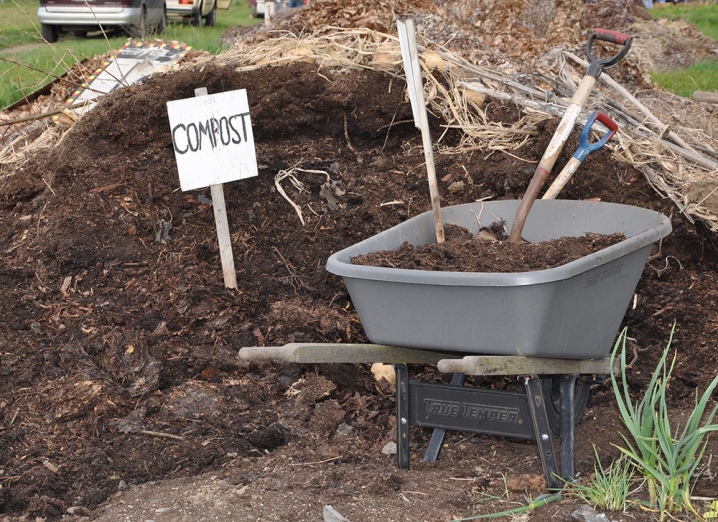
What it is?
Officially, compost is a natural organic fertilizer designed to improve the quality of the soil, as well as for growing plants in the garden. It comes from the decomposition of food waste and vegetation. This process takes place under the influence of different types of microorganisms. For this reason, it is imperative to create appropriate conditions for their development in the compost heap. To understand the usefulness of this organic fertilizer, you need to familiarize yourself with its following benefits:
- the purpose of the compost is quite clear - from a hygienic point of view, it is one of the most useful products for gardeners; in addition, it is environmentally friendly, since compost is created from ordinary waste, which otherwise would pollute nature;
- significant improvement in soil quality - after adding compost, even clay lands will become more fertile; if the soil is sandy, then with the addition of compost, more moisture can be retained in it;
- the resulting compost will save money on fertilizers.
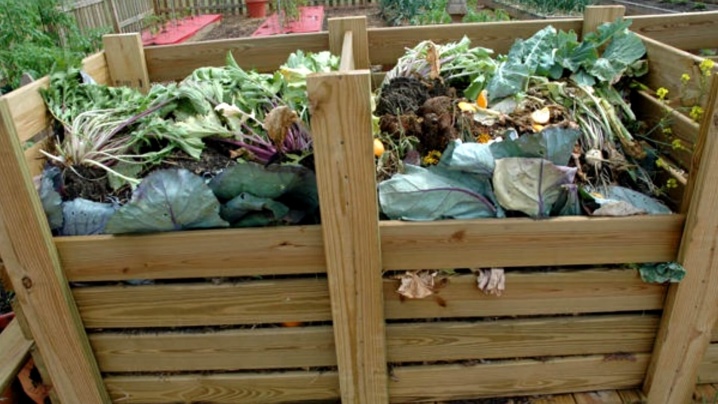
Speaking about the disadvantages of such a substance, it is worth noting that organic fertilizer takes a long time to mature. In addition, gardeners need to mix the contents of the compost pit from time to time.


Requirements
To get high-quality compost as quickly as possible, you will need to follow rules such as:
- first of all, the box must be installed in a well-shaded place, which is located as far as possible from the house itself; this is done so that the unpleasant odor emitted during rotting waste does not cause trouble for people;
- compost pit should not be near trees or bushes, after all, from an excess of nutrients, they can simply die;
- compost pit must be located as far from the well as possibleso that the water always remains clean;
- location should not be located where a lot of water collects, after all, this will lead to a slowdown in the process;
- perfect according to the rules the pit should measure from 1.5 to 2 meters - if it is too small, the waste in it will not be able to warm up enough, respectively, the decay process itself will be slow; a large pit is needed only in those farms where there is a lot of waste;
- experts recommend dividing the compost pit in two parts - the first of them can be used in the same year, but the second is intended for throwing away waste for later;
- do not line the bottom with polyethylene; it is better to use chopped tree branches or hay;
- the top can be covered with ordinary roofing material or a piece of agrofibre, or make a special cover;
- once every two weeks the entire contents of the compost pit must be thoroughly mixed, so rotting will take place evenly;
- to obtain high-quality compost it should be processed within two years; only after that the fertilizer can be safely used.
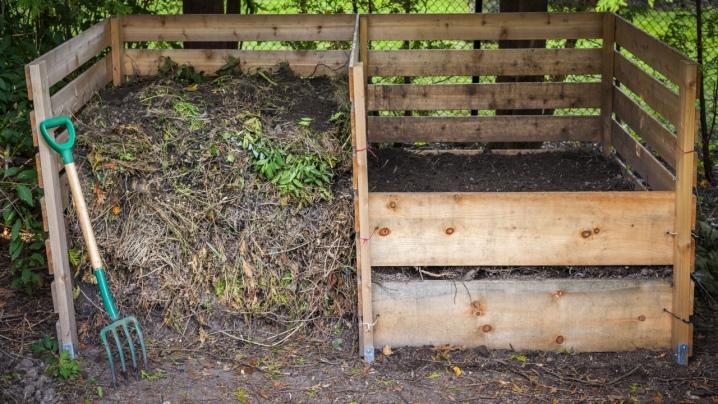
Ingredients
There are waste that can be dumped into a compost pit, as well as those that are strictly prohibited from entering there.
Useful waste
The application scheme is quite simple, so even beginners can handle it. So, the following components can be put into the composter:
- rotten apples;
- sawdust from wood or bark;
- thin crushed tree branches, as well as fallen leaves;
- cotton rags;
- newspaper clippings or cardboard;
- burnt and cooled ash;
- small roots of various plants;
- shredded stems of flowers that have already faded;
- recently cut grass;
- a wide variety of plant waste, including tea bags.
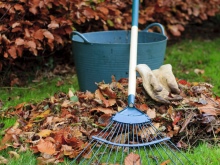
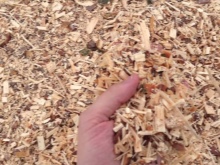
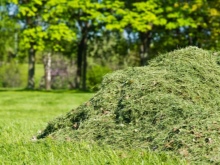
Prohibited foods
The following things should not be added to a device such as a compost pit:
- plants affected by various pests, as well as diseases;
- pet feces, because they are most often affected by helminth eggs;
- meat waste, such as bones; they can cause an unpleasant odor, and will also attract rats and mice;
- inorganic waste such as rubber, synthetic or plastic;
- herbicide-treated plants;
- cabbage heads, because they emit a rather unpleasant aroma.
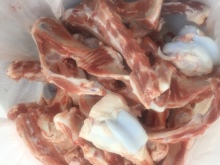
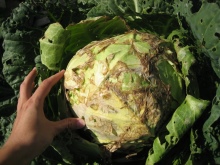

Composting methods
There are several options for composting organic waste.
- Verikompost. In this case, different types of worms are used to treat the waste. It can be dung, earthworms, and even rain crawls.
However, waste such as meat, fats and oils must be avoided. The result should be vermicompost.

- "Bokashi"... Such composters are intended for small suburban areas. Recycling of organic waste takes place here due to effective microorganisms, which cope with their task much faster. If compost is obtained in the usual way in two years, then when using "EM" it can be obtained in one season.
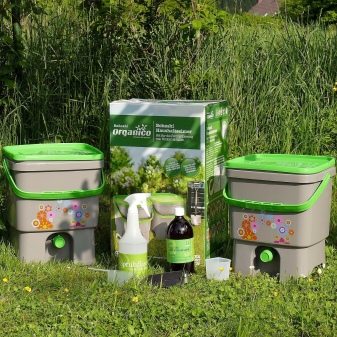
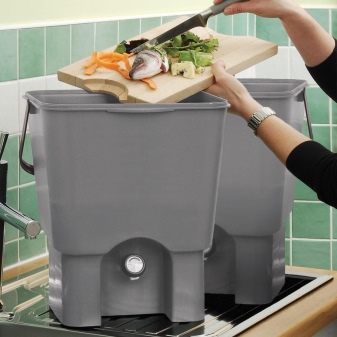
These composters are small containers that resemble a regular bucket. At the very bottom there is a tap through which excess liquid is drained. Most often, flowers in the plots are watered with such water. There is a grate above the bottom that allows the liquid to run down. At the very top there are two covers. One of them is intended for ramming waste, and the second is for blocking aromas.
The only drawback of such composters is that after a certain period of time it will be necessary to buy a solution with the necessary bacteria.
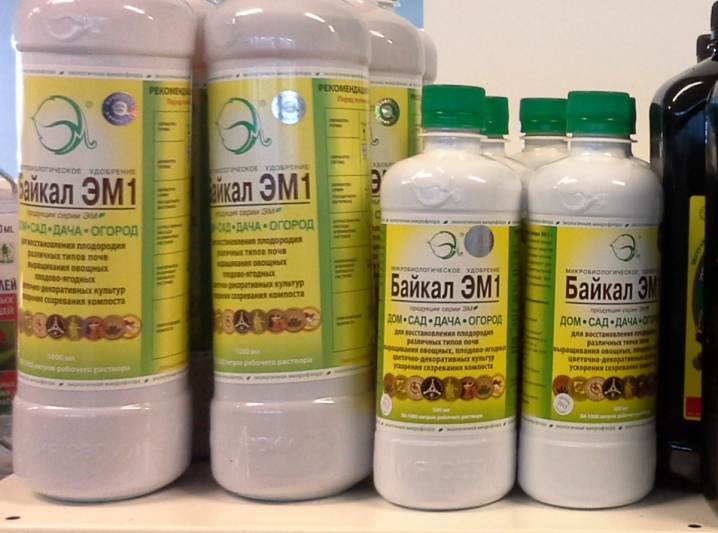
How to do it right?
It is not at all difficult to make a composter with your own hands in a country house or a personal plot. Most often, compost pits are made from pallets that are available in any hardware store. In addition, according to the rules, all contents must be treated against diseases or pests. For the winter, it is best to insulate the composter so that the fermentation process takes place much faster.
Site selection and arrangement
When deciding to choose a place to install a compost pit, you need to think about its correct location. First of all, it should be placed as far from home as possible. And also it is worth considering the distance to the neighboring site and to the fence. The composter must be made so that it is blown by the wind from all sides.... This will prevent bad odors from forming in the compost pit.
There must be constant access to the composter, because this way you can add waste at any time. You should not place the pit close to the well so that the contents do not get into the drinking water. The distance must be at least 20 meters.
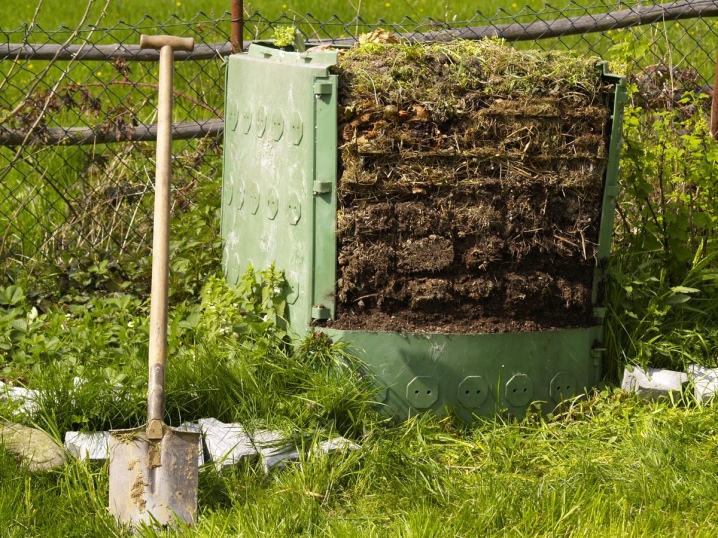
Making a box
Of course, you can buy a composter at any specialized store. However, it will be much more interesting to do it yourself. To do this, it is enough to buy a few blocks of wood, from which it is necessary to make the future frame of the composter.Then, after a certain distance, you need to fill in several boards. In addition, you will need to make a lid that can be removed when it becomes necessary to mix organic substances.
Alternatively, you can make one wall removable or equip a sufficiently tight door in it. To make it more convenient to maintain the composter, it should be installed on a concrete base. Many gardeners build a composter in two parts, making a special partition in the box. Thus, one part can be used immediately, and the other can be left for the next year.
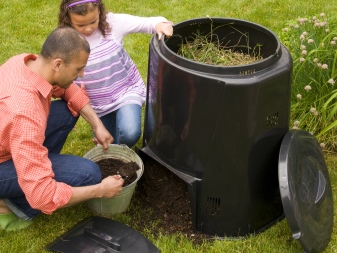
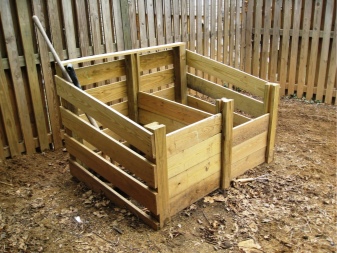
Bookmark
Before you start laying waste, you must first compact the soil inside the compost pit, and then cover the bottom with any dense material. However, according to many experts, it is enough to simply compact the soil so that the worms can enter the compost pit without obstacles. The next step is to lay the drainage layer. For this, bark, coarsely chopped straw or hay, and small branches are suitable. The drainage layer should not be less than 10 centimeters. This will allow the excess liquid to be removed, as well as create additional ventilation, which will slightly speed up the decay process.
First, you need to put organic waste in one of the prepared compartments. When it is filled to the top, all the contents must be transferred to the second compartment. This approach will enrich the compost with oxygen. As soon as it is spent, the procedure can be repeated. In order for the fertilizer to be of high quality, it is necessary to follow a number of rules when laying waste.... First of all, you need to alternate layers. If first comes the “brown” layer, that is, dry waste, then a layer of “green” waste, that is, herbs or crushed plants, must be placed next. If you alternate the stacking of waste in this way, then voids will not form in the pit, and the fermentation process will occur much faster.
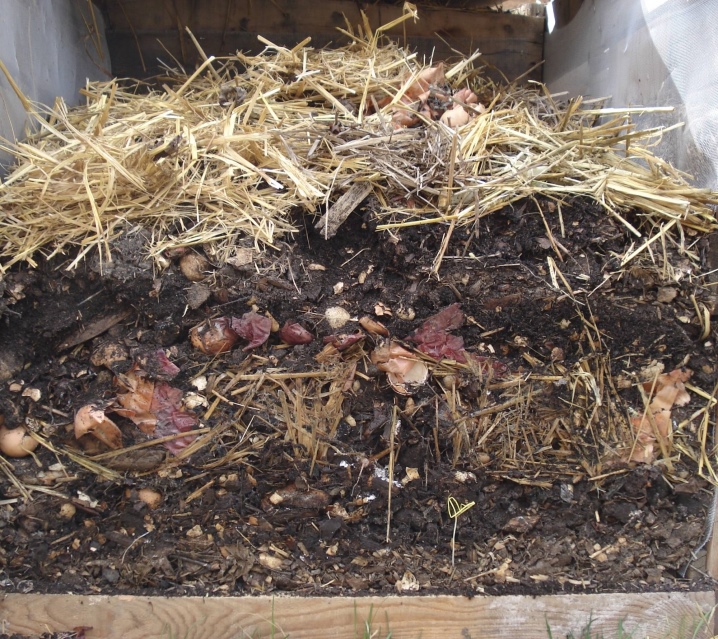
Decor
Whatever the compost pit is made, its appearance does not cause positive emotions in anyone. Therefore, the owners of personal plots should take care of the design of such a device, that is, decorate it. You can use many options for this, namely:
- it is enough to plant a few fruit trees or bushes around the pit; they will not only hide an ugly composter in the green of the branches, but also serve as an excellent complement to the landscape design of the site;
- another option to hide the pit is placement of plants in pots; they can be installed both in one row, and racks can be built for them, so the whole structure will be hidden under this beauty;
- you can build a small flower garden around the compost pit, on which it is worth planting plants above 60-70 centimeters;
- near the composter you can install a gazebo or arch, but in this case, it is imperative to take care that the unpleasant smell emanating from it does not reach this structure.
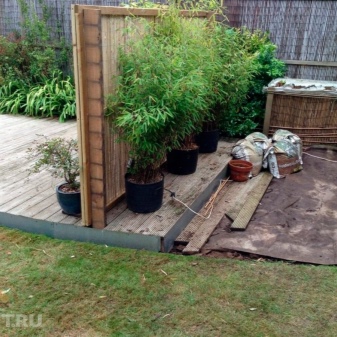
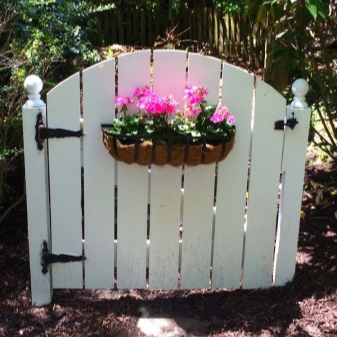
Of course, it is much easier to decorate small composters than large compost pits. But in any case, the result is worth the effort.
How to accelerate ripening?
One of the most important indicators responsible for the decomposition and formation of organic waste is moisture. To maintain the required moisture level, you will need to water the organic matter with a watering can. However, do not get too carried away, because with excessive humidity, not only the viability of bacteria will decrease, but also their activity.
It is very important to mix the contents of the compost pit from time to time to allow oxygen to enter the waste pit. Thanks to this, organic substances do not rot, but literally burn out. If the hole is too deep and it is difficult to reach the bottom, you should still try to dig up the contents.
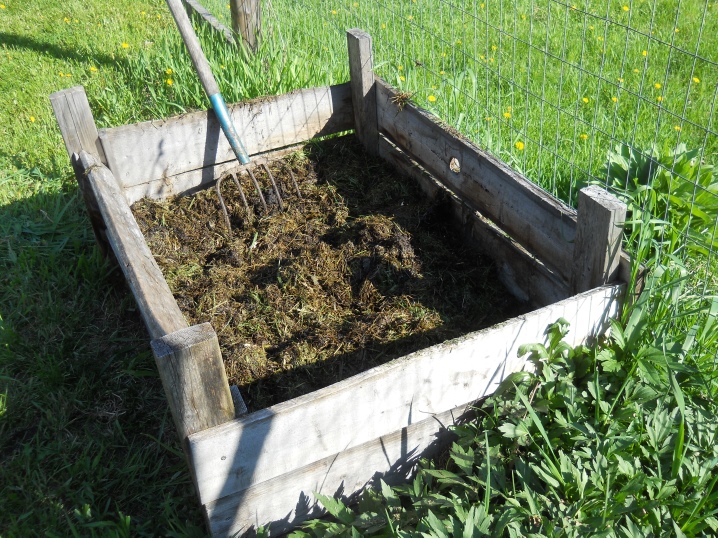
Experienced gardeners recommend composting as much greenery as possible, because it contains a large amount of nitrogen.With its help, the ripening process of fertilizers is much faster. It will take 1.5 to 2 years to get good quality compost. During this period, all waste can be completely decomposed. Its readiness is determined not only visually, but also by smell. As for the first indicator, the compost is a brown mass. Regarding the smell - the compost begins to smell like forest soil.
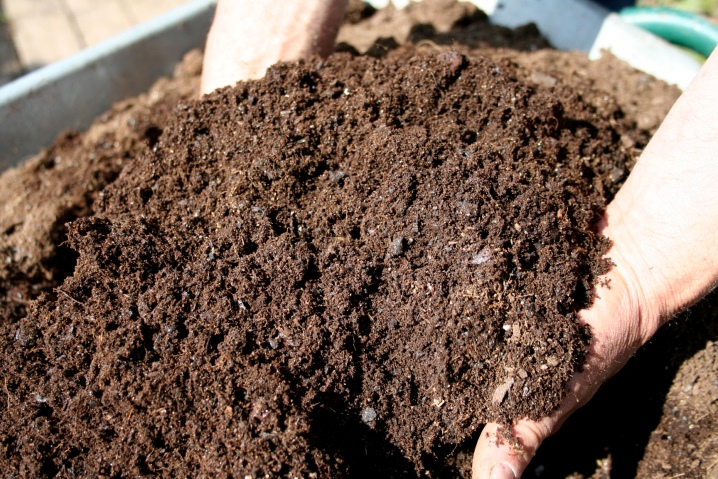
How to use?
Compost is one of the most important organic fertilizers. However, not everyone knows how to use it correctly, such organics are so important for plants. Most of the compost is suitable for squash or pumpkin, peppers or cucumbers. Within a season or two after using natural fertilizer, you can see positive results. Fertilized fruits will be tasty and large. In addition, they will have a bright color.
Strawberry compost is especially useful. For the effect to be much greater, it is necessary to cut it at the root, and then overlay it with ready-made compost. After that, the plant must be well watered. A bountiful harvest can be expected next year.

However, not all plants can be fertilized with compost. So, for many root vegetables or tomatoes, compost will actually be poison. Its use will significantly lower the yield. In general, it is not so difficult to build a compost pit by all the rules. The main thing is to follow the basic rules and try to add only ingredients that are useful for your plants to it.
For information on how to make a compost heap from pallets, see the next video.













The comment was sent successfully.